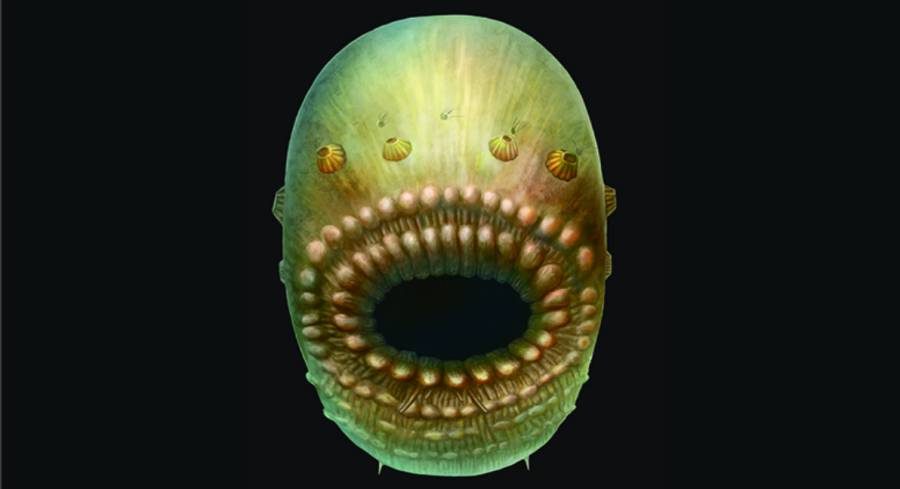Scientists have identified a new microorganism that could be humanity’s oldest ancestor. It is a bag-like sea creature with a large mouth, eyes like shells, and the size a grain of sand. The discovery came from a microscopic examination of fossils found in China.
Our predecessor aptly received the name Saccorhytus, which is a taxonomical variation for the Latin word meaning ‘sack,’ or bag. The tiny animal lived approximately 540 million years ago.
Human evolution is still an ongoing research, with scientists still arguing about which creature was our closest relative in the distant eras. Chimpanzees currently lead the race, which has resulted in continued research on their behavior patterns and biology.
From a biological perspective, the Saccorhytus is our closest match yet
Scientists found the Saccorhytus coronarius while studying a group of fossils in the Shaanxi province, central China. The animal measured approximately one millimeter in size and did not, according to sources, have a visible anus.
They identified Saccorhytus as a deuterostome, an ancient family of animals that later resulted in a variety of sea creatures but also gave birth, in a certain way, to vertebrates including the human race.
Studies also showed the animal was bilaterally symmetrical, meaning that its body had two halves that looked the same. This trait passed down to later generations of sea creatures and humans too.
So close, and yet so far from us
After recovering the remains from a large quantity of processed limestone, researchers came to the conclusion that this creature could be the oldest deuterostome ever found.
Our distant cousin lived somewhere through the Cambrian period, hundreds of millions of years before dinosaurs. Due to its size and body, it probably lived between two particles of sand. Also, it disposed of its remains via the mouth.
The strange lifeform also had a set of curious openings on its head, which scientists believe turned into gills in more modern sea creatures. Its skin was very flexible and apparently allowed it to move around via contractions, though that is only a theory.
The findings support the ‘molecular clock’ theory
These results act as proof for a longstanding theory of evolution called the ‘molecular clock.’ It relies on calculations based on compared fossils that allow scientists to estimate how old certain creatures are.
However, up to this point, there were no fossils that matched the clock’s predictions. The Saccorhytus’ appearance tells scientists that such a theory is plausible, that there were indeed creatures like the bag-like fish floating around in the sea on the eras.
Source: Phys.org



